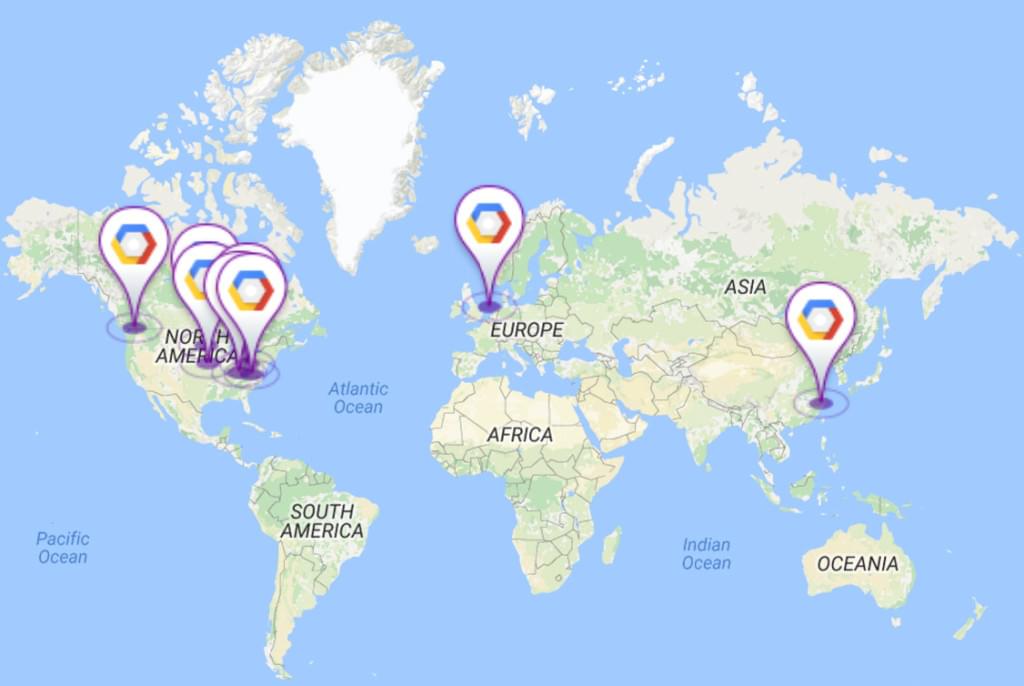Cloud Theory
I came across an article which had indepth research on the platforms I am comparing, and so I did take extensive help from their work inorder to complete this analysis. I am highly obliged to the researchers and writers behind "https://www.sitepoint.com/a-side-by-side-comparision-of-aws-google-cloud-and-azure/"
Amazon has come out with “commoditized” cloud computing services via its first ever AWS service which was launched in 2004. Ever since, they kept innovating and adding features, which somehow allowed them having the stronger hand in business by creating the most elaborate collection of services and solutions for cloud.
Google, later followed by Microsoft, entered into this arena and are at par, bringing their own infrastructure and ideas, offering deals, and pulling the prices down.
Compute: This is the main purpose behind using computers, to make calculations, to process data and to compute. If we need faster and better processing for something like graphics rendering, analysing huge sets of data, you can either probable get more hardware, or you can simply switch to the cloud.
When you move to cloud, you pay only for what you use and that can be scaled to thousands of processing nodes within minutes. Elastic Compute Cloud (EC2) is Amazon’s flagship for scalable computing on demand, at par with Google’s Compute Engine as well as Azure’s Virtual Machines and Virtual Machine Scale Sets. Amazon has the most comprehensive services, but pricing for EC2 can get very complicated, similar is the case for Azure’s VM. Google’s offering is somewhat less flexible, but the pricing is a lot easier to follow (see pricing section).
You do have the option of renting computing processes for various apps, which can offer significant cuts in cost when used instead of EC2 or Compute Engine if your apps are suitable to the specifications of this service.
Storage: Storage is another important pillar of cloud services. To store data, one can use Amazon Simple Storage Service (S3). It is one of the longest running serivces. It comes with elaborate documentation and free webinars, along with plenty of sample code and libraries, articles and tutorials. Google Cloud Storage and Microsoft Azure Storage provide a reliable and robust service, but the resources aren't at par with those of Amazon.
For archiving, also sometimes called “cold storage” (like when you store objects you don’t plan to access regularly for the most part), you’ll enjoy lower rates but also lower access speeds, which shouldn’t be much of a problem in most cases. The characteristics and prices are very similar among different providers, so most probably you’ll be conditioned by which API you have implemented on your back-end. For the specs and details, see Amazon Glacier, Cloud Storage Nearline by Google, and Azure Backup; and check also the archiving solutions these providers offer — Data Archive by AWS, and Backup and Archive by Azure.
Analytics: Specific technologies as well as programming models are required for efficient analytics. Google is marching ahead in the game of big data and it offers a variety of products and services like BigQuery, Cloud Dataflow, Cloud Dataproc, Cloud Datalab, Cloud Pub/Sub, and Genomics. Elastic MapReduce (EMR) and HDInsight are Amazon’s and Azure’s products for big data, respectively.
Amazon clearly has the most extensive coverage

Azure comes close to Amazon, having relatively better coverage for Asia

Google has a very strong coverage over the US, but not so much over Europe and Asia, and no support in South America. Hence, nothing can be deployed in Africa.

Networking: Networking in the cloud is carried by domain name system (DNS) along with Amazon’s Route 53, Google DNS or Azure DNS. Amazon’s Virtual Private Cloud VPC can be used to set a virtual private network (VPN), while for Google, we have Cloud Virtual Network and for Azure, Azure’s VPN Gateway.
Databases: Amazon’s Relational Database Service (RDS), Google’s Cloud SQL, and with Azure’s SQL Database, SQL Data Warehouse and SQL Server Stretch Database are some of the serives we can use to find SQL Solutions. Amazon’s DynamoDB, Google’s Bigtable and Cloud Datastore, and Azure’s DocumentDB and Table storage offer newer NoSQL solutions.